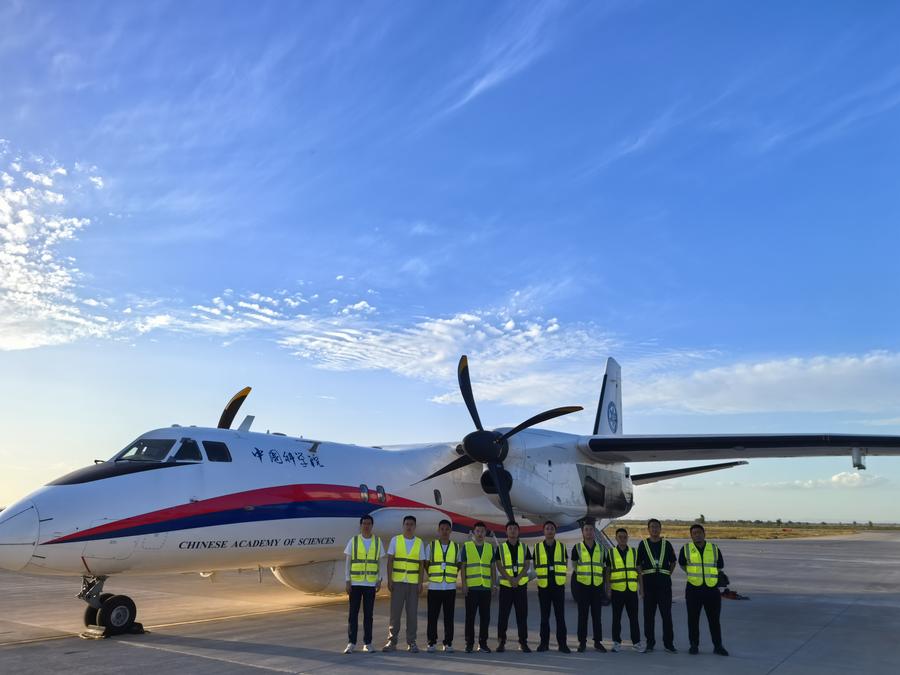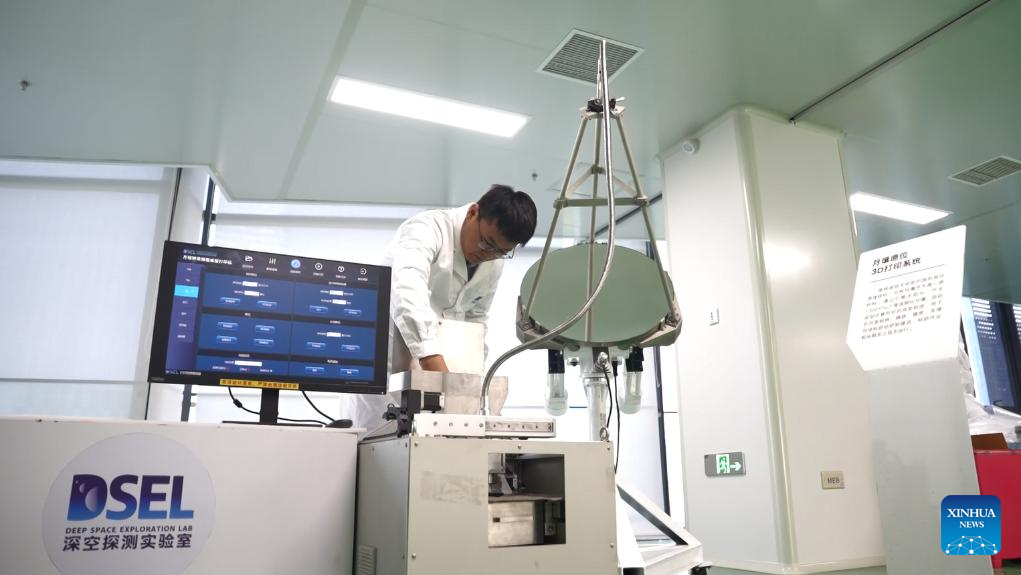

The International Deep Space Exploration Association (IDSEA), an international academic organization dedicated to deep space exploration, was officially launched on Monday in Hefei. This association was jointly initiated by the Hefei-based Deep Space Exploration Laboratory, the Lunar Exploration and Space Program Center of the China National Space Administration, the Chinese Society of Astronautics, the Chinese Society of Space Research and the French initiative "Planetary Exploration, Horizon 2061." The founding of the IDSEA was also co-sponsored by 20 academicians from China and 31 international scientists.

Chinese scientists have developed a dataset on cultivated pastures of the Qinghai-Xizang Plateau using satellite remote sensing data to enhance ecological protection of "the roof of the world." The study about the dataset was conducted by researchers from Lanzhou University, Peking University and the Chinese Academy of Sciences, with the findings published in the journal Earth System Science Data.

Residents of Hefei say the city has two suns -- one suspends in the sky and the other lies in an industrial park in the city's suburb. Hefei, capital of east China's Anhui Province, is home to the Experimental Advanced Superconducting Tokamak (EAST). It has been dubbed China's "artificial sun" due to its unique fusion process, which simulates that of the sun. This facility lies at the heart of the country's quest for commercial fusion power, an almost inexhaustible source of clean energy.

Over 400 archival items illuminating China's journey to become a global force in airborne remote sensing are going on public display in Beijing, showcasing four decades of innovation spearheaded by the Chinese Academy of Sciences (CAS). The month-long exhibition, organized by the CAS Aerospace Information Research Institute, opened on Tuesday at the CAS Beijing new technology base.

A groundbreaking 3D printing system developed by Chinese scientists has explored using only on-site-sourced lunar soil to build habitats, paving the way for the large-scale, on-site construction of lunar research stations. The Deep Space Exploration Laboratory in Hefei, Anhui Province, has successfully prototyped a lunar regolith 3D printer that eliminates the need for Earth-sourced construction materials, according to Yang Honglun, a senior engineer at the lab.
China will officially launch the International Deep Space Exploration Association (IDSEA) next Monday, with a particular aim of empowering other developing countries in developing deep-space technologies.

86-10-68597521 (day)
86-10-68597289 (night)

52 Sanlihe Rd., Xicheng District,
Beijing, China (100864)

